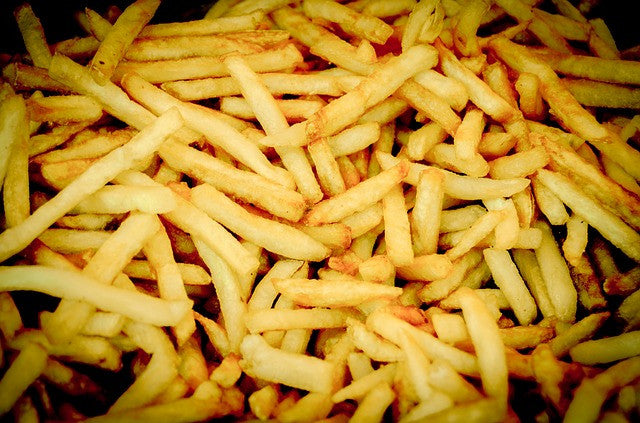What Is Cholesterol and How Dangerous Is It Really?
There is so much talk about the dangers of cholesterol that people have started to see it as some kind of lethal poison. However, cholesterol is actually an essential substance for the body used in a variety of biochemical reactions. It’s true that the excess of it can be dangerous and cause cardiovascular problems in particular. However, in order to guard against them, one has to understand what types of cholesterol exist and how much of it is too much.
Cholesterol is a type of fat that resides in your bloodstream. Like all healthy fats, it’s essential for maintaining the overall function of all your systems, similar to oil in an engine. Some of the most important functions of cholesterol include:
- Vitamin D production
- Synthesis of hormones
- Production of digestive enzymes
Humans obtain cholesterol from food, however our bodies are also capable of producing it. This is one of the factors that must be considered when designing your diet as you must understand how much of the substance you should get from meals.
Types of Cholesterol: The Good and the Bad
Cholesterol within your body transforms into small ‘packages’ of fats that move through your blood. These are lipoproteins and they come in two types:

- HDL – High-Density Lipoproteins.
These are considered to be the ‘good’ type of cholesterol. Their main task is to divert the lipid packages in your body to the liver once their primary job in ‘delivering’ essential fats to different organs is complete. The liver then flushes the extra fats. You can aid this process with detoxification and the use of specialized supplements, like Liver Support by Nature’s Potent. - LDL – Low-Density Lipoproteins.
Contrary to HDL, these lipoproteins are ‘bad’ because the build up of them in the bloodstream is the cause of all cholesterol-related health risks. LDL have a higher fat-to-protein ratio and a penchant to ‘clutter’ bloodstream because they can’t be all used up and removed efficiently. HDL is the ‘good’ type because it has the power to tie up and flush these lipids to their ultimate destination, the liver.
There are a few other types of cholesterol, but their effect on the body is minor compared to LDL and HDL and they don’t bear much influence on the risk of heart disease.
How Much Cholesterol Is Too Much?
It’s imperative to understand that the total cholesterol count within your blood doesn’t necessarily indicate that you are out of danger as far as clogged arteries are concerned. What you need to analyze is the HDL to LDL ratio as this is what really matters.
The total cholesterol count should be under 200 mg/dL. The closer it is to 300, the higher is the risk of heart problems caused by too many lipids within your bloodstream. Of those 200 mg/dL, LDL cholesterol must be no higher than 100 in order to be considered healthy. The ‘borderline high’ count of LDL cholesterol in 159 mg/dL.
Tips for Controlling Your Cholesterol Levels
The higher is your cholesterol levels, the higher is the risk that you’ll develop heart disease because the bloodstream within your system is obstructed. Eventually, the cholesterol build up on the vessels makes them stiff and forms clots that can cause heart attacks.

The best way to prevent this is to reduce your intake of cholesterol-rich foods, which means cutting out saturated fats. Processed foods, fried (and especially deep-fried) dishes, and fat animal products must be removed from your diet altogether. Replace them with nuts and seeds, foods that naturally lower the LDL cholesterol levels because they introduce HDL cholesterol into your system.
However, dietary changes may be insufficient to deal with the damage already done to your body. Specialized cholesterol-controlling supplements can help with managing this substance long-term. For example, Nature’s Potent Cholesterol Support and Beta Sitosterol.





